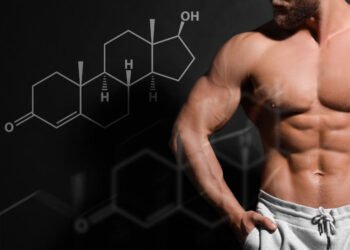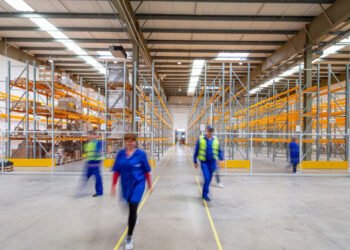Prosthetics do more than replace lost limbs like those addressed by above the knee prosthetics, partial hand prosthetics, or sports-focused artificial limbs. They play a profound role in restoring an individual’s sense of self, helping them overcome both the physical and psychological wounds of amputation. While advancements in functionality are vital, it’s the unseen transformation – the mending of confidence, spirit, and social connection – that offers the deepest form of healing. This healing goes beyond the mechanical and enters a realm of possibility and rediscovering one’s relationship with the world.
The Emotional Impact: Rebuilding the Self
Losing a limb is a deeply traumatic experience, leading to grief, a sense of loss, and even a feeling of disconnection from one’s own body. The very foundation of physical self-image may feel shattered. Daily life, once taken for granted, turns into a minefield of frustration. Yet, the right prosthetic offers more than functional replacement; it becomes a tool for resilience and renewed self-image. Imagine a person who once struggled with the simplest tasks – taking a shower, preparing a meal – now able to regain this independence with their prosthetics for fingers. The frustration and dependence give way to autonomy and a sense of overcoming. Each small act, from tying one’s shoe to gripping a glass, becomes a silent declaration of “I can”.
As prosthetics empower people to move and engage with the world, they rebuild confidence. Everyday tasks are no longer sources of frustration, but points of accomplishment. Social interactions once marked by self-consciousness become opportunities for connection. Specialized prosthetics, like those for sports, reconnect with passions they feared lost. The rush of the wind on their face as they run, the feel of the earth under their feet when hiking… these aren’t just activities, but visceral reminders of their strength and ability, filling them with the thrill of competition and the satisfaction of personal records shattered. It’s this powerful sense of achievement and mastery that radiates into all areas of life, promoting a strong self-belief that translates into all that they do.
Overcoming Challenges: The Road to Resilience
While prosthetics provide incredible tools for regaining function, it’s important to acknowledge that the path to full integration isn’t always smooth. Like learning any new skill, there’s a learning curve to using a prosthetic. This may mean adapting to its fit, weight, and the way it influences one’s balance and movement patterns. There might be days of soreness, blisters, and the occasional frustrating setback. Even the most advanced devices have limitations – a hand prosthetic might not provide the same dexterity as a natural hand, and sports prosthetics may excel at one task but not another.
Yet, it’s precisely in overcoming these challenges that people with prosthetics discover extraordinary resilience. Each day of physical therapy, every blister tended to, represents a choice to keep pushing for greater mastery. The determination to adapt, to problem-solve, and to persist in the face of difficulty builds a powerful inner strength. This strength extends beyond the physical world – it instills confidence, a ‘can-do’ mindset that colors every aspect of a person’s life. Facing the limitations of their prosthetic gives courage to face any limitation and the determination to see it as just another opportunity to find their own way forward.
Overcoming Stigma, Building Community
Prosthetics help bridge the gap between those with limb loss and the larger community. As they enable fuller participation in daily life, they normalize the experiences of amputees, combating isolation and fostering inclusion. A child using a hand prosthetic to eat lunch alongside their peers, or an athlete with a running blade effortlessly blending into their team, paints a powerful image. The prosthetic, while essential for the patient, also sends a wider message of capability and a defiance of limitations. It’s a visual reminder that strength and determination exist in many forms.
Furthermore, advancements in prosthetic design blur the lines between artificial and natural limbs, gradually dismantling social stigmas. Increasingly sophisticated materials and lifelike designs contribute to a shift in public perception. No longer does a prosthetic primarily highlight difference; instead, it can become simply part of a person, integrated into their overall form. This visual acceptance contributes to a more inclusive, welcoming world for people with limb differences, allowing them to be seen fully as who they are, not merely defined by their physical circumstances.
Conclusion: A Hopeful Future
The benefits of prosthetics extend far beyond restoring physical movement. They are instruments of emotional healing, social integration, and self-assurance. With each technological leap, these devices become more sophisticated, offering those with limb loss not only greater function but also greater dignity and joy. Imagine the day when a prosthetic can not only replicate movement but provide sensory feedback, restoring the feeling of touch… the gentle weight of a child’s hand in yours, the texture of a favorite fabric. That future is bright for individuals and communities committed to creating a world where the focus isn’t on disability but rather on the boundless potential of a spirit combined with ever-evolving technology.












